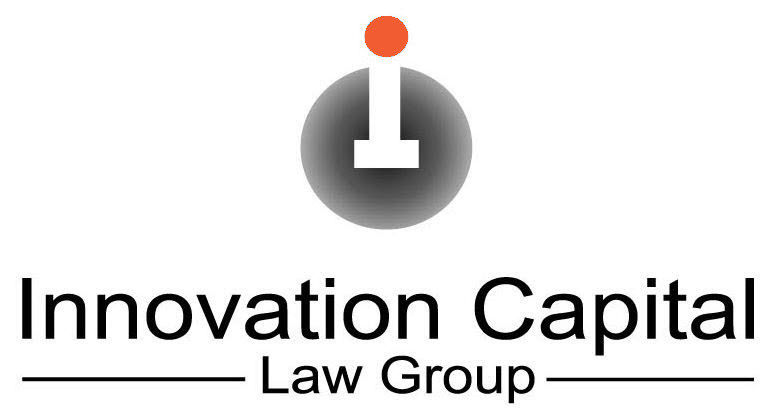What happens after your nonprovisional utility patent application is filed?
So your utility nonprovisional patent application has been filed. Now what? Expect a long wait before your patent application is reviewed by an examiner. Unlike design patents, the utility patent application process is typically a slog. In most cases, it will take two to five years before reaching a final conclusion. And there is no guarantee that the end of your utility patent process will result in a granted patent.
Need to speed up or shorten the time for your utility patent application? Call Vic at (949) 223-9623 or email vlin@icaplaw.com to see how we can get your patent granted sooner.
When can you say patent pending?
You can say “patent pending” as soon as your patent application has been filed. Once the nonprovisional application is filed, the USPTO will issue an electronic filing receipt with your application number and filing date. A more formal Filing Receipt will follow a few days thereafter.
The median wait time for a patent examiner to review a nonprovisional application has been approximately 15-18 months after the initial filing.
When will you hear from the USPTO after your utility patent application is filed?
Each patent examiner focuses on a particular subject matter. Examiners that focus on similar technologies will be grouped into an “art unit.” Depending upon which art unit you get, your patent application will have roughly a 80-90% chance of being rejected in the first communication from the patent examiner. This is very common. Do not get disheartened when the examiner’s first review leads to a rejection.
In most cases, the first letter from the examiner is a non-final Office Action. The non-final Office Action will likely contain claim rejections based on prior art references as well as rejections based on indefinite claim language. If you’re applying for a software or business method patent, you may also receive a rejection under Section 101 on the grounds that your invention is ineligible for patent protection.
How much does an Office Action response cost?
The cost for responding to an Office Action will depend largely upon the nature of the rejections and the number of prior art references. The more prior art references to argue against, the greater the cost. Section 112 indefinite rejections are typically simpler and cheaper to resolve.
Accordingly, the cost of an Office Action response can range from under $1,000 to over $3,000, not including any USPTO fees. The most common USPTO fees for Office Action responses include fees for extensions of time and excess claims.
When must an Office Action Response be filed?
You will have the first three months to respond to a non-final Office Action without having to pay for an extension of time. Thereafter, you may file the response with an appropriate extension request and payment.
For substantive Office Actions, you will have a maximum of six months to respond to an Office Action if you request a 3-month extension of time.
What are the ongoing costs after your nonprovisional utility patent application is filed?
The filing and ongoing handling of a pending application is referred to as “patent prosecution.” Apart from the cost of the initial filing, the total cost of the back-and-forth communications with the patent examiner can add up to $10,000 or more.
It is not uncommon to respond to three or more Office Actions. Furthermore, there is no guarantee you will get any claims allowed after filing all those Office Action responses. If no progress is made after a certain point, consider filing an appeal or a CIP to add new subject matter that would enable you to claim more unique features.
Notice of Allowance
If and when your application is allowed, the examiner will issue a Notice of Allowance setting forth a deadline for paying the issue fee. After paying the issue fee, you will receive an Issue Notification identifying the patent number and exact date your patent will be granted. This is a major milestone to be celebrated. You are nearing the end of the patent application process. Before your patent is granted, consider filing a continuing application to expand your patent rights.
Managing cash flow in the patent application process
If cash flow is a major consideration, take some comfort in knowing that a bunch of cash need not be spent soon after the initial filing. Since you have roughly a year-and-a-half to receive the first Office Action, you’ll have some time to save or raise more capital before having to spend $1-3K for each Office Action response.
Ongoing duty to disclose known prior art
While an application is pending, the applicant has an ongoing duty to disclose to the Patent Office any known prior art that is material to patentability. The obligation is not to search the prior art, but to disclose relevant prior art that is already known to the applicant or its counsel.
If you have related patent applications pending in the US or in foreign countries, you will likely be filing at least one Information Disclosure Statement (IDS) to disclose to the examiner the prior art references uncovered in those related cases.


